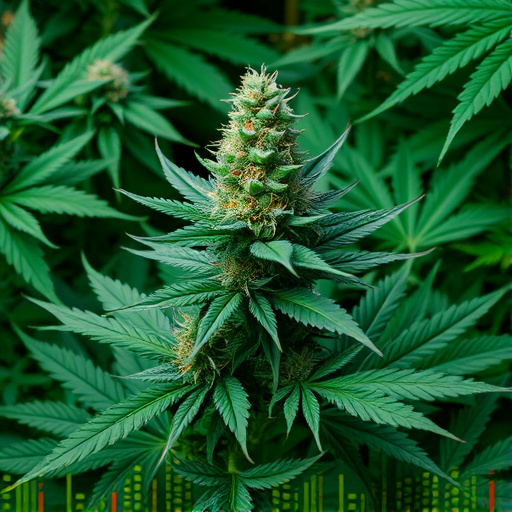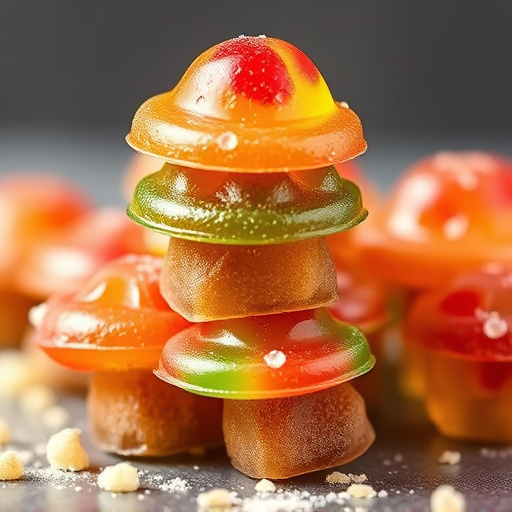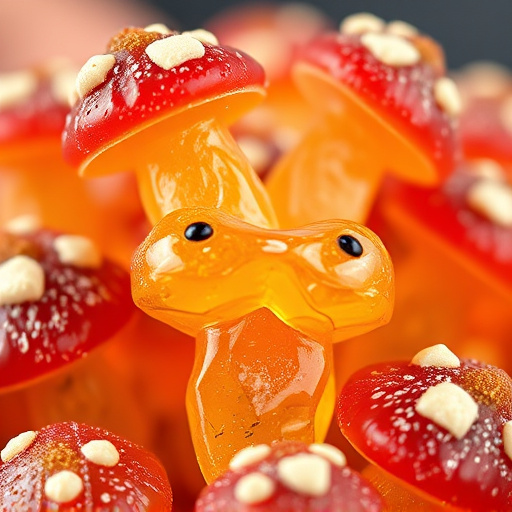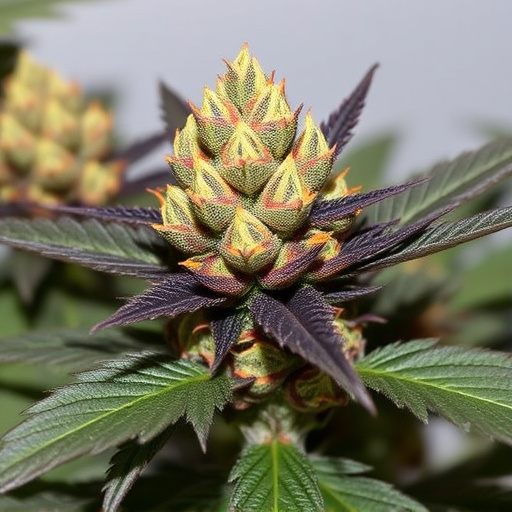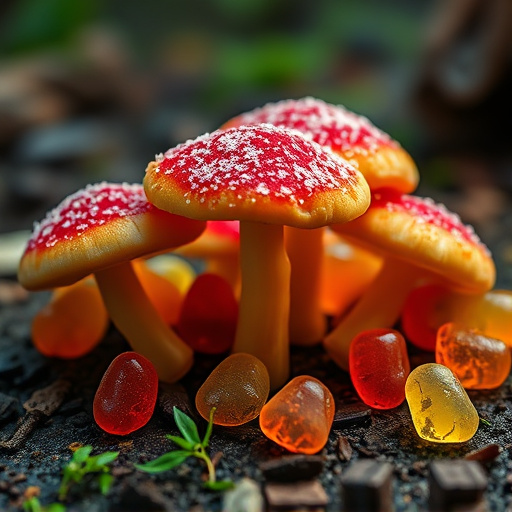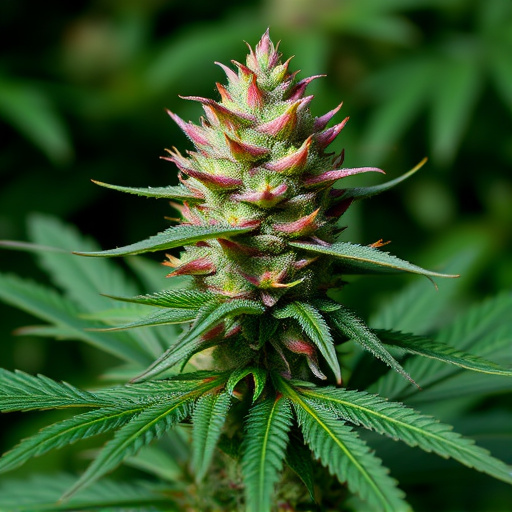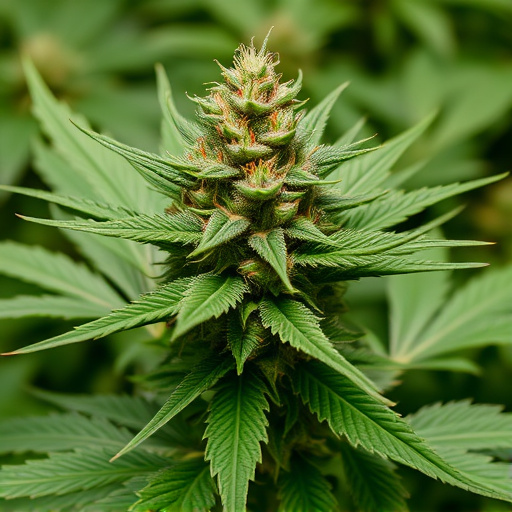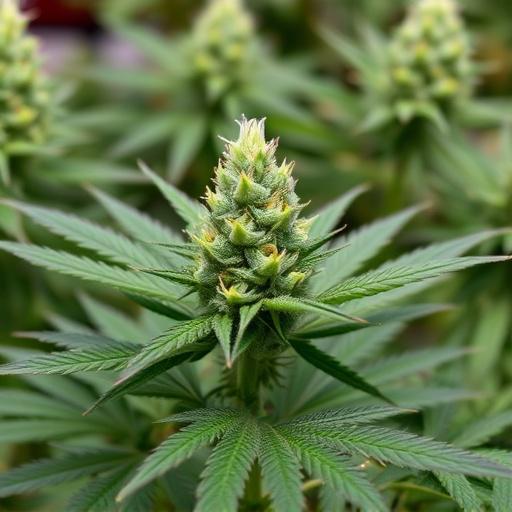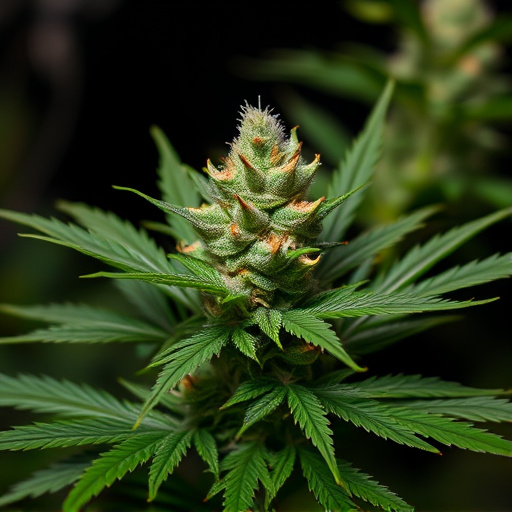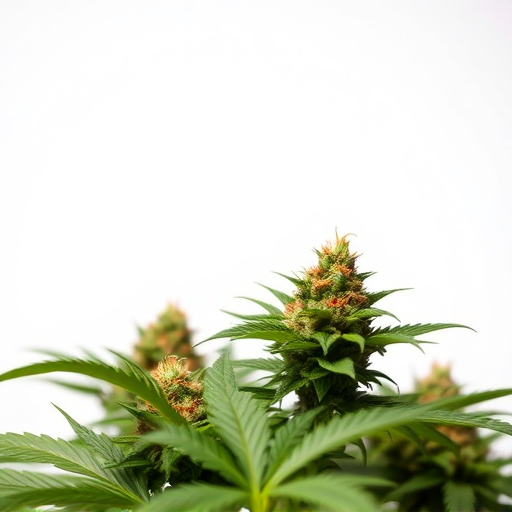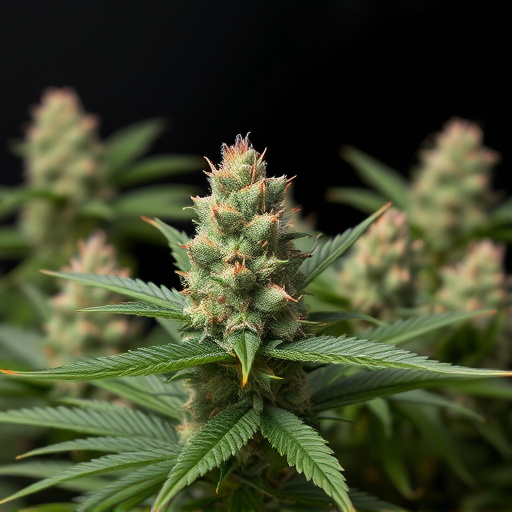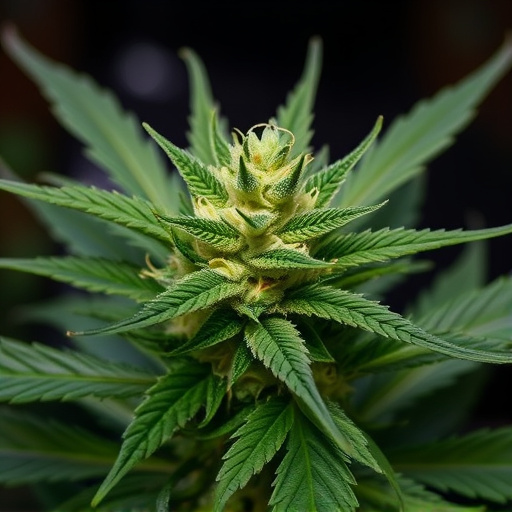The connection between color and cannabis potency is backed by science, with pigments in plants indicating cannabinoid profiles like THC and CBD levels. High CBD strains, known for their therapeutic benefits, show diverse colors from deep greens to purples, suggesting specific levels of these compounds. While color analysis can provide insights into potential potency, it's not a reliable sole indicator due to variations between strains. Relying on color misleads consumers, as similar potencies can have distinct hues, emphasizing the need for accurate quantification methods like spectrophotometry.
Discover how color can reveal potential potency in cannabis, especially within high CBD strains. This article explores the intriguing connection between pigment and power. From the science behind cannabinoid concentration to visual variations in strain appearance, we dissect the perceived benefits and limitations of assessing cannabis strength based on color. Uncover insights that challenge conventional assumptions about this rapidly evolving industry, focusing specifically on the significance of high CBD cannabis strains.
- The Science Behind Color and Cannabis Potency
- High CBD Cannabis Strains: A Focus on Color Variation
- Exploring the Perceived Benefits and Limitations of Color-Based Potency Assessment
The Science Behind Color and Cannabis Potency
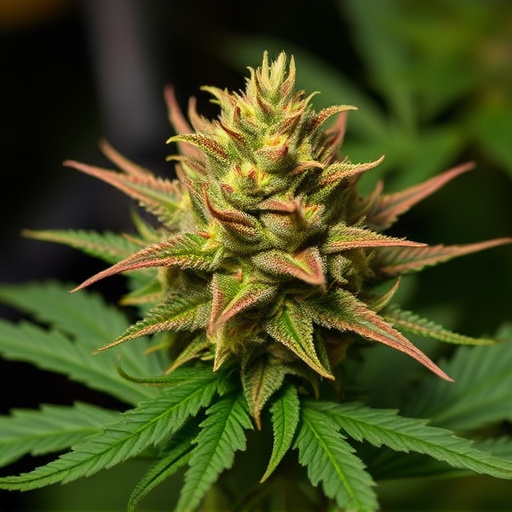
The connection between color and cannabis potency is rooted in science, particularly in the way that different colors indicate varying levels of cannabinoids, such as THC and CBD. Cannabis plants naturally produce a wide array of pigments, each with unique chemical properties. High CBD cannabis strains, for instance, often exhibit vibrant green hues due to the presence of chlorophyll, which is essential for photosynthesis. As these plants mature, the balance between chlorophyll and other pigments shifts, leading to variations in color that can subtly hint at their cannabinoid profiles.
Through spectrophotometry and other advanced analytical techniques, researchers can measure the absorption of light by cannabis flowers at different wavelengths, allowing them to quantify the concentration of various cannabinoids and terpenes. This scientific approach confirms what many cultivators and consumers have observed anecdotally: colors like vibrant green, deep purple, or even reddish-brown in cannabis buds often correlate with higher potency, though not exclusively. The science behind color and cannabis potency is a fascinating aspect that underscores the complex nature of this popular plant.
High CBD Cannabis Strains: A Focus on Color Variation
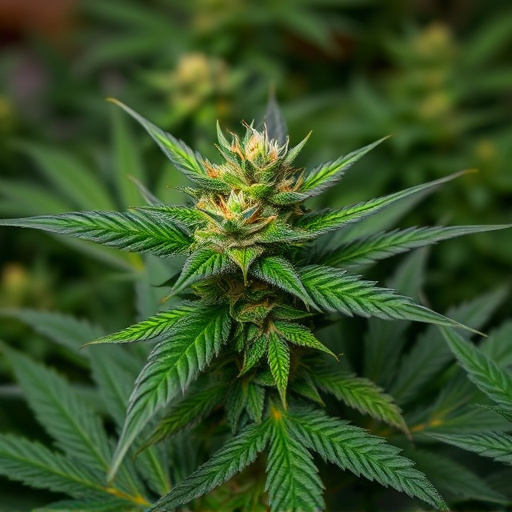
High CBD cannabis strains have gained significant attention due to their potential therapeutic benefits, particularly in treating anxiety and pain. When discussing these varieties, color becomes an intriguing aspect that often sparks curiosity. The color variation in cannabis plants can be quite striking, ranging from deep greens to vibrant purples and even subtle yellows. This visual diversity isn’t merely aesthetic; it might hold clues to the plant’s potency and chemical composition, especially when focusing on high CBD strains.
Each color shift in a cannabis plant’s foliage is believed to indicate different levels of cannabinoids and terpenes. For instance, darker greens may suggest higher concentrations of THC, while certain shades of purple can signal an abundance of CBD. High CBD cannabis strains, known for their minimal THC content, often present unique color profiles that set them apart from traditional high-THC varieties. These colors serve as a visual reminder of the plant’s distinct chemical makeup, making color analysis a fascinating tool for growers and enthusiasts alike to gauge the potential potency of these specialized strains.
Exploring the Perceived Benefits and Limitations of Color-Based Potency Assessment
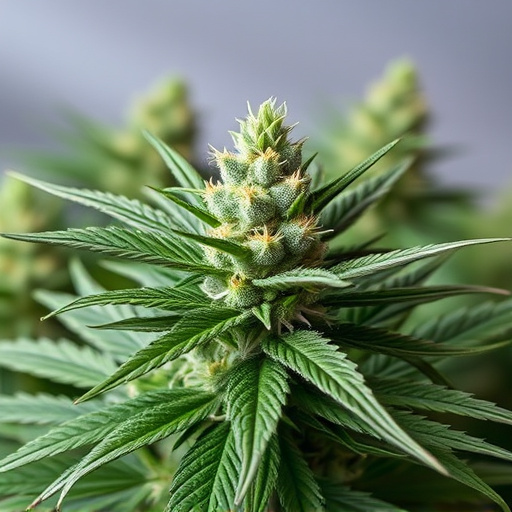
Some advocates of alternative assessment methods, including color analysis, claim that certain hues can indicate a product’s potency, especially for high CBD cannabis strains. They argue that specific colors may be linked to varying levels of cannabinoids and terpenes, offering a quick visual guide for consumers. This perception has led many to believe that a vibrant or intense hue could signal a more potent strain.
However, the limitations of color-based potency assessment are notable. First, color alone cannot definitively determine the exact cannabinoid content. While some colors may suggest general ranges or specific profiles, they do not provide an accurate, measurable quantity. Moreover, different varieties of cannabis produce unique hues even when their potency levels are comparable. Thus, relying solely on color can lead to misconceptions and misrepresentations in the product’s perceived strength.
In exploring whether color affects cannabis potency, particularly focusing on high CBD cannabis strains, it’s evident that while visual cues can offer some insights, they should not be the sole determinant. The science behind color and its correlation with potency is complex, with factors like terpene profiles, cultivation practices, and genetic makeup playing significant roles. While the perceived benefits of using color as a quick assessment tool are appealing, the limitations become apparent when considering consistency and accuracy. Thus, while color variation in high CBD cannabis strains can be an interesting aspect for consumers, it’s crucial to supplement it with detailed lab testing for a comprehensive understanding of potency and efficacy.
